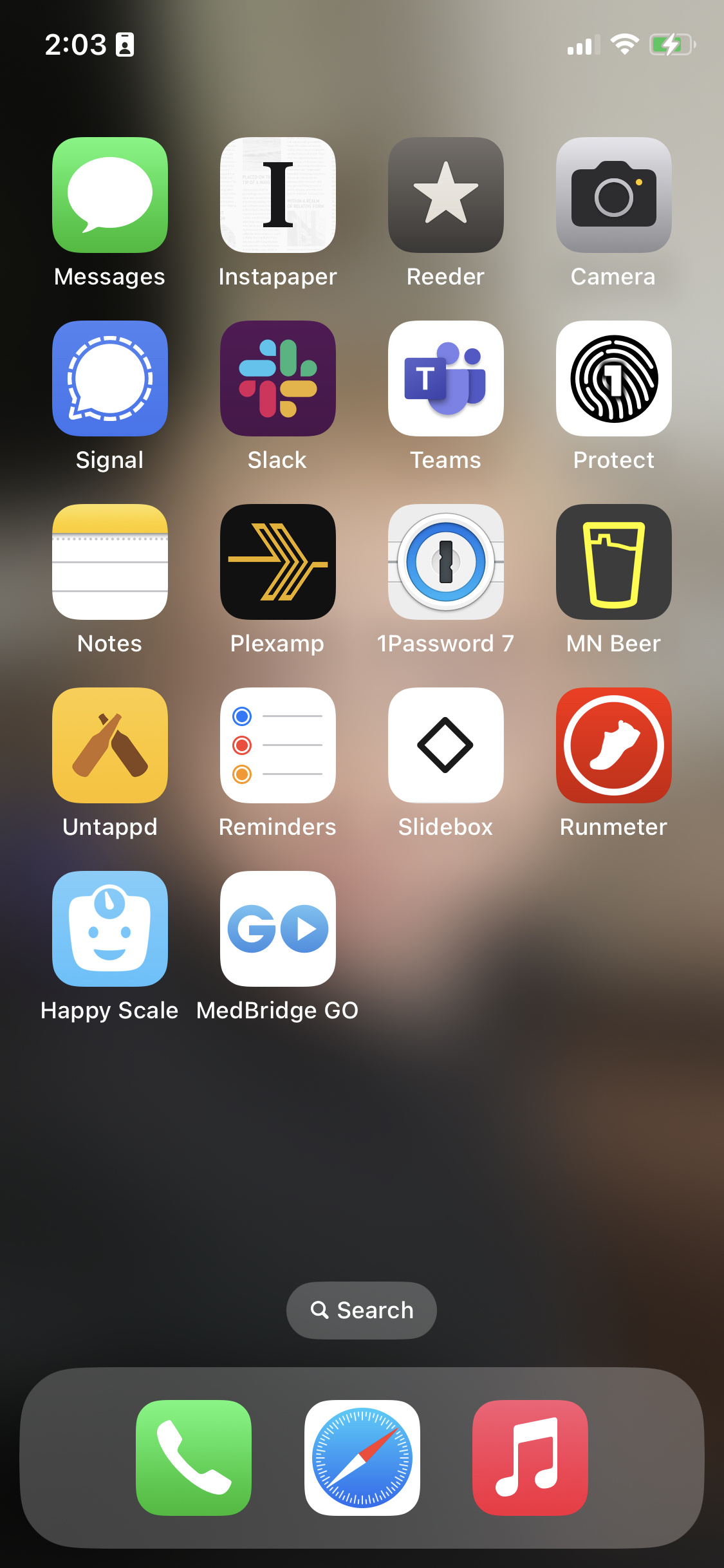If you’re thinking, “Figure out the kinds of sequences that generate good responses,” you’re still looking for essences. You’re seeking a list of words that can make someone excited.
Instead, the process of making something that people want is the process of learning, through experiment and error, to be the kind of person who can generate needs, wants, and jobs in other people.
This kind of person is one who notices that a new restaurant in their neighborhood has a line out the door. Instead of walking by, they walk in.
They stop to notice the soft, earthy color palette of its interior decoration, one that evokes a coastal Mediterranean village. They see the way its menu layers in unexpected ingredients like za’atar, cinnamon, and chile as subtle references to other cultures and traditions. They notice the feelings that this sequence of experience evokes in them, the way it feels familiar and also pleasantly surprising. They know that if they linger on these feelings, they’ll be able to evoke them later—for themselves and for others—in a logo design or an article.
I’ve been trying to be more aware of things happening to me lately.
I know I can be in my head, a million miles away from reality unfolding before me. I feel more comfortable there, if I’m honest. Reality can be uncomfortable, not quite right for me.
As it turns out, when you retreat from reality too often, you start to forget that while it can be uncomfortable sometimes, its contents can be incredible.
I’m finding that the moments I am aware of what’s happening around me are when I am the happiest.
And it turns out, paying attention to reality with your own unique perspective can really make a difference for others.
Continue to the full article
→
I anticipated navigating other challenges, like how to deal with the cognitive dissonance of working for big tech. Could someone who worked for big tech use a flip phone? Yet I liked the idea, argued by Hari, Williams, and Newport, that we need to be aware of technology’s designs and ensure that tech is working for us rather than against us. I didn’t want to throw the baby out with the bathwater when it comes to technical innovations, but I grew increasingly skeptical that my smartphone was working for me.
This whole article combines many disparate sources (like Cal Newport's Digital Minimalism and Rolf Dobelli's Stop Reading the News) into a cohesive manifesto for why we should stand up and reclaim our collective attention spans.
It actually motivated me to take some action.
Last night, I went through every app on my phone and deleted the ones I no longer use. I wasn't too picky though; if I had even a slight inkling that I might need it in the future, I kept it.
I went from 314 apps to 133.
133 still seems like too much to me, but just imagine the cognitive and infrastructural burden that 181 apps was inflicting on me and my phone!
All that wasted bandwidth to download updates.
All those wasted notifications attempting to get me to come back in.
My home screen went from this:

to this:

It's step one of being intentional with my technology, which is subsequently the first step towards getting my attention back.
Comparing these two screen shots is making me excited to make more cuts. Some of these apps will go away after we wrap up with a client project in the next couple weeks (like Teams and Protect) or when I finish up physical therapy (like Medbridge Go).
Others (like Untappd or MN Beer) are ones that don't really need a front page billing all the time in my life.
More cuts to come in the weeks ahead, to be sure!
Continue to the full article
→
Here’s a secret that might sound obvious but can actually transform the way you work: you can’t force yourself to think faster. Our brains just don’t work that way. The rate at which you make mental discernments is fixed.
Continue to the full article
→

